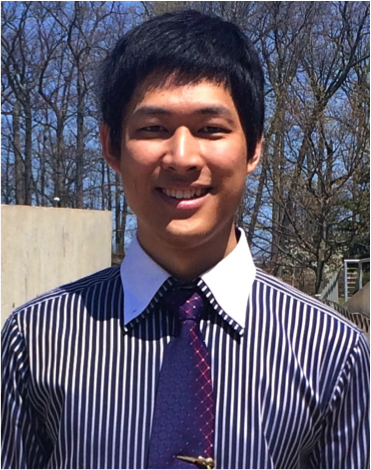Dissertation Defense
Perceptual Image Similarity Metrics and Applications
Add to Google Calendar

This dissertation presents research in perceptual image similarity metrics and applications, e.g., content-based image retrieval, perceptual image compression, image similarity assessment and texture analysis.
The first part aims to design texture similarity metrics consistent with human perception. A new family of statistical texture similarity features, called Local Radius Index (LRI), and corresponding similarity metrics are proposed. Compared to state-of-the-art metrics in the STSIM family, LRI-based metrics achieve better texture retrieval performance with much less computation. When applied to the recently developed perceptual image coder, Matched Texture Coding (MTC), they enable similar performance while significantly accelerating encoding. Additionally, in photographic paper classification, LRI-based metrics also outperform pre-existing metrics. To fulfill the needs of texture classification and other applications, a rotation-invariant version of LRI, called Rotation-Invariant Local Radius Index (RI-LRI), is proposed. RI-LRI is also grayscale and illuminance insensitive. The corresponding similarity metric achieves texture classification accuracy comparable to state-of-the-art metrics. Moreover, its much lower dimensional feature vector requires substantially less computation and storage than other state-of-the-art texture features.
The second part of the dissertation focuses on bilevel images, which are images whose pixels are either black or white. The contributions include new objective similarity metrics intended to quantify similarity consistent with human perception, and a subjective experiment to obtain ground truth for judging the performance of objective metrics. Several similarity metrics are proposed that outperform existing ones in the sense of attaining significantly higher Pearson and Spearman-rank correlations with the ground truth. The new metrics include Adjusted Percentage Error, Bilevel Gradient Histogram, Connected Components Comparison and combinations of such.
 MENU
MENU 
